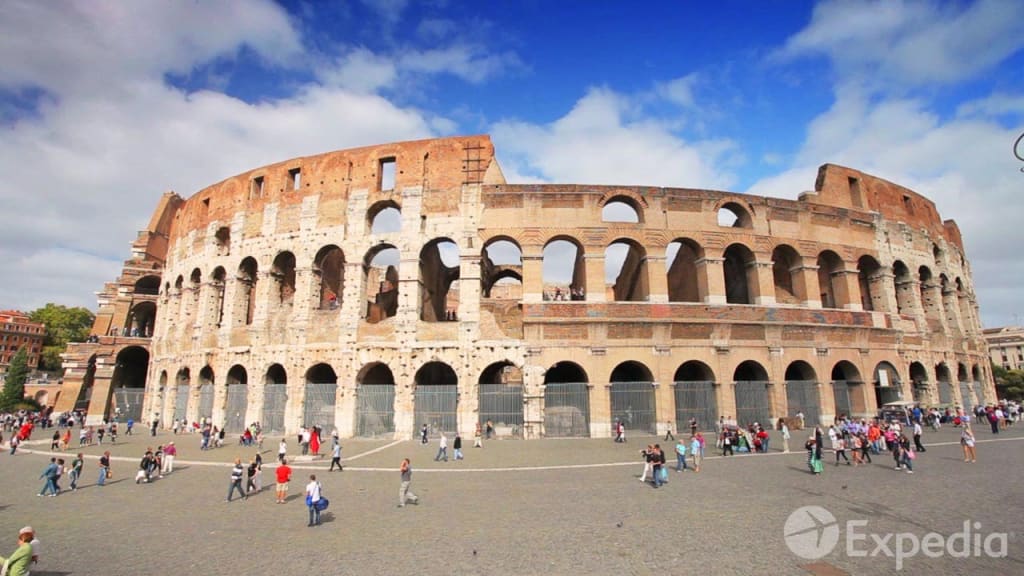
Certainly, here is an expanded version of the story of the Roman Republic and its political structure.
The Roman Republic was a remarkable political system that emerged in ancient Rome in the 6th century BCE. It was characterized by its division of powers, representation of the people, and system of checks and balances, which laid the foundation for modern democracy. The Republic lasted for over four centuries before it was replaced by the Roman Empire, but its legacy lived on in the form of the Roman law, language, culture, and political system.
Origins of the Roman Republic
The Roman Republic was founded in 509 BCE, after the overthrow of the last Roman king, Tarquin the Proud. The Roman people were tired of living under the tyranny of a single ruler, so they decided to establish a new form of government that would give them more power and representation. The Republic was based on a set of fundamental principles, including the rule of law, the separation of powers, and the sovereignty of the people.
The government of the Roman Republic was divided into three branches: the Senate, the Consuls, and the Assemblies. The Senate was made up of 300 patricians, or wealthy landowners, who were appointed for life. They were responsible for making laws and advising the Consuls on matters of state.
The Consuls were the two highest officials in the Republic, elected annually by the people. They had the power to veto each other's decisions and were responsible for leading the military and enforcing the law.
The Assemblies were made up of all Roman citizens, who could vote on laws and elect officials. There were two main assemblies: the Tribal Assembly, which represented the plebeians, or common people, and the Centuriate Assembly, which represented the patricians and wealthy plebeians.
The Roman Republic was characterized by its system of checks and balances. Each branch of government had its own powers and responsibilities, but they also had the ability to check and balance the other branches to prevent any one group from gaining too much power.
Social Struggles
Despite its successes, the Roman Republic was not without its flaws. The patricians held most of the power and wealth, while the plebeians had little representation in the government. This led to social unrest and occasional uprisings, such as the Conflict of the Orders in the 5th century BCE.
The Conflict of the Orders was a long struggle between the patricians and the plebeians over political power and representation. The plebeians were tired of being excluded from the political process and demanded greater representation in the government. They organized themselves into tribunes and formed the Council of the Plebs, which had the power to pass laws that applied only to the plebeians.
Over time, the plebeians gained more rights and representation in the government. In 287 BCE, the Lex Hortensia was passed, which made the laws passed by the Council of the Plebs binding on all citizens, regardless of social class. This marked a significant milestone in the struggle for social and political equality in ancient Rome.
Expansion and Decline
In the 3rd and 2nd centuries BCE, the Roman Republic began to expand rapidly, conquering new territories and establishing a vast empire. This expansion brought great wealth and power to Rome, but it also brought new challenges and threats.
As Rome expanded, its political institutions became increasingly strained. The Senate became more powerful and corrupt, and the power of the Consuls declined. In the late 2nd century BCE, the Republic began to unravel due to political corruption, economic instability, and the rise of powerful generals, such as Julius Caesar.
In 44 BCE, Caesar was assassinated by a group of Senators who feared his growing power, and a series of civil wars followed






Comments
There are no comments for this story
Be the first to respond and start the conversation.